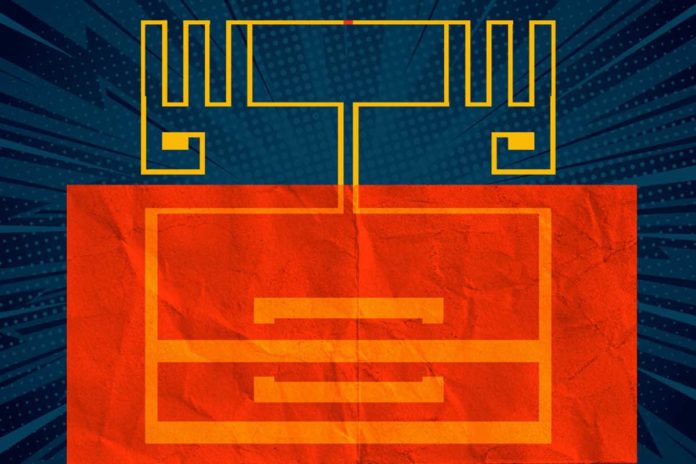MIT scientists have taken a step forward with a device that can potentially convert energy from Wi-Fi signals into electricity.
Usually, rectennas are used to convert AC electromagnetic waves into DC electricity. Scientists, in this study, have demonstrated a new kind of rectenna that uses a flexible radio-frequency (RF) antenna that captures electromagnetic waves—including those carrying Wi-Fi—as AC waveforms.
The device that scientists used is made from a two-dimensional semiconductor just a few atoms thick and connected to the antenna. When AC signals travel through the device, it gets converted into DC voltage that can be used as power to electronic circuits.
In this way, the battery-free device passively captures and transforms ubiquitous Wi-Fi signals into useful DC power. Moreover, the device is flexible and can be fabricated in a roll-to-roll process to cover very large areas.
Tomás Palacios, a professor in the Department of Electrical Engineering and Computer Science at MIT said, “What if we could develop electronic systems that we wrap around a bridge or cover an entire highway, or the walls of our office and bring electronic intelligence to everything around us? How do you provide energy for those electronics?”
“We have come up with a new way to power the electronics systems of the future—by harvesting Wi-Fi energy in a way that’s easily integrated into large areas—to bring intelligence to every object around us.”
During experiments, scientists’ device was able to produce about 40 microwatts of power when exposed to the typical power levels of Wi-Fi signals (around 150 microwatts). That’s more than enough power to light up a simple mobile display or silicon chips.
Co-author Jesús Grajal, a researcher at the Technical University of Madrid said, “Promising early applications for the proposed rectenna include powering flexible and wearable electronics, medical devices, and sensors for the “internet of things.” Flexible smartphones, for instance, are a hot new market for major tech firms. Another possible application is powering the data communications of implantable medical devices.”
“Ideally you don’t want to use batteries to power these systems, because if they leak lithium, the patient could die. It is much better to harvest energy from the environment to power up these small labs inside the body and communicate data to external computers.”
All rectennas rely on a component known as a “rectifier,” which converts the AC input signal into DC power. To build their rectifier, the researchers used a novel 2-D material called molybdenum disulfide (MoS2), which at three atoms thick is one of the thinnest semiconductors in the world.
While developing the rectifier, scientists leveraged a singular behavior of MoS2: When exposed to certain chemicals, the material’s atoms rearrange in a way that acts as a switch, forcing a phase transition from a semiconductor to a metallic material. This structure is known as a Schottky diode, which is the junction of a semiconductor with a metal.
First author and EECS postdoc Xu Zhang said, “By engineering MoS2 into a 2-D semiconducting-metallic phase junction, we built an atomically thin, ultrafast Schottky diode that simultaneously minimizes the series resistance and parasitic capacitance.”
The parasitic capacitance of the researchers’ Schottky diode is an order of magnitude smaller than today’s state-of-the-art flexible rectifiers, so it is much faster at signal conversion and allows it to capture and convert up to 10 gigahertz of wireless signals.
Zhang said, “Such a design has allowed a fully flexible device that is fast enough to cover most of the radio-frequency bands used by our daily electronics, including Wi-Fi, Bluetooth, cellular LTE, and many others.”
Scientists have presented their paper in the journal Nature.
